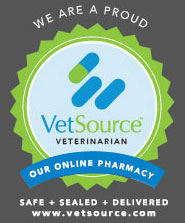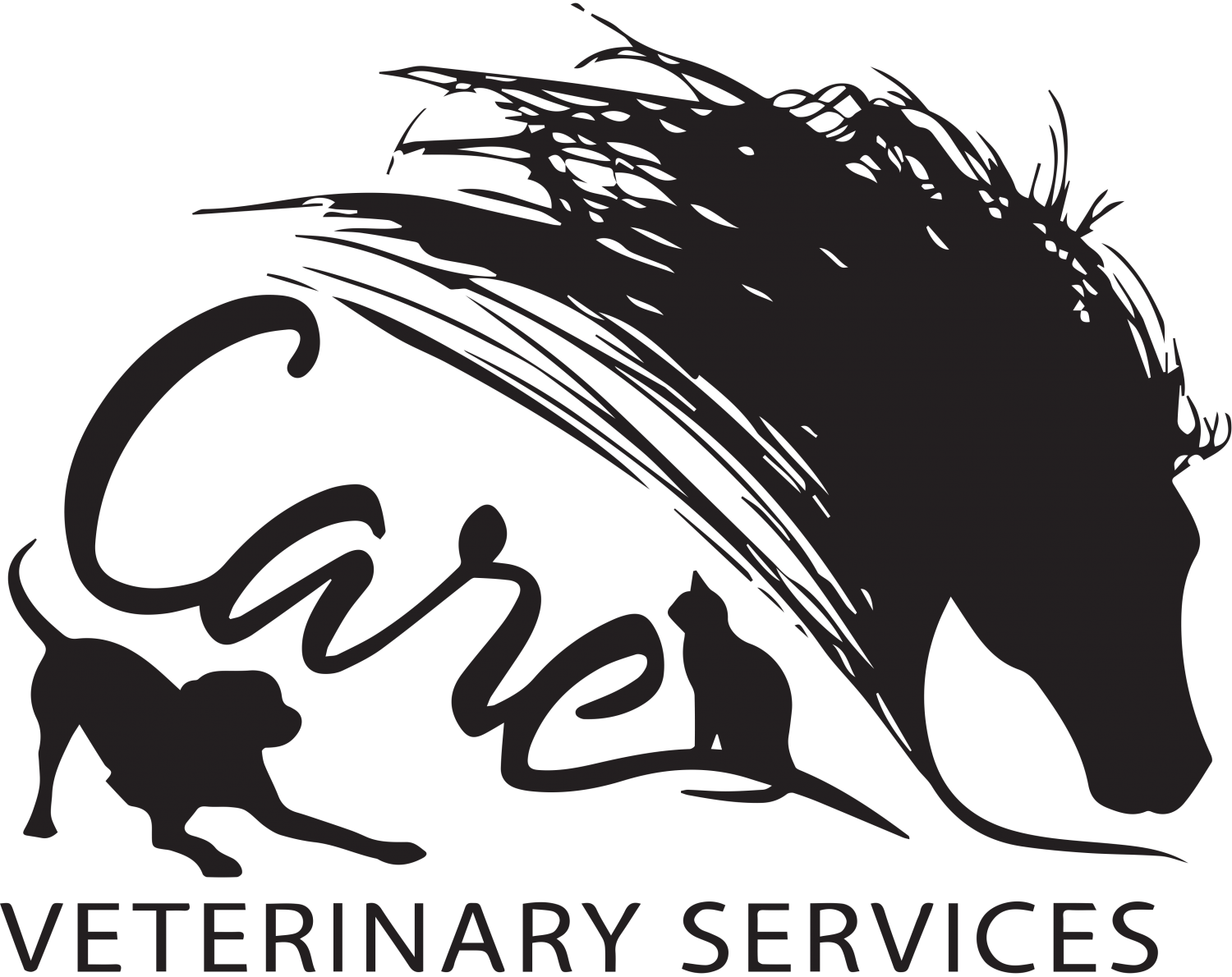|
DIY Recipes for the Body

- Calorie Count Chart
- How Much Food Should I Feed my Pet?
- To calculate how much food to feed per day, follow these steps:
- Determine what life stage and activity category they fit into (See Feeding for Life Stage Section)
- Weigh them.
- Refer to the following Feeding Instruction Charts to see how many calories they need per day.
- Write that number down and save it.
- When you make a Complete and Balanced recipe, notice that it lists the number of calories per ounce. To calculate how many ounces of food to feed your pet, divide the calories your animal needs per day by the number of calories per ounce of food. For example, a less active 30 pound (13.6kg) dog needs 603 calories a day, according to the chart. A recipes containing 44 calories per ounce would look like this
- 603 / 44 calories = 13.7 ounces of food per day
- Spread those ounces and calories across a day. For most pets, that will be 1 - 2 meals per day, and for puppies, it may be 3. Many cats like to eat their calories over 6 - 8 smaller meals.
- Feeding for Life Stages and Activity Levels
- Canine Growth: recipes are formulated to meet the nutritional requirements of puppies (immature dogs that are still growing). The growth diets are appropriate for all breeds, including large and giant breed puppies. You’ll alter the amount of food you feed to your puppy during early, mid, and late growth phases to account for their ongoing development, as noted in the “How Much Food Should I Feed my Pet?” section.
- Adult Canine: recipes are best suited for dogs that get 1 - 3 hours of daily, active movement. Examples include brisk walks for at least an hour a day, jogging or hiking with a human several times a week, ongoing interaction/play with another dog or kids in the house, being outside several hours a day in cold climates, and digging or fence-running for part of the day. Follow “ Active Dog” feeding instructions. If you have a highly active dog (one that spends all day moving and running), use Active Adult Dog recipes and “ Active Dog” feeding instructions, and if needed, increase the amount to feed to maintain a healthy body condition (see chart for images).
- Adult Canine Less Active: recipes are for dogs that get less than an hour of exercise a day (i.e., slow walks around the neighborhood), are sedentary, or are older and prefer resting to being active around the house and backyard. Less active adult dogs owners should follow the “Less Active” feeding instructions.
- Kitten Growth: recipes meet the nutritional requirements of kittens (immature cats that are still growing) and are appropriate for all breeds. You’ll alter the amount of food you feed to your kitten during early, mid, and late growth phases to account for their ongoing development, as noted in the “How Much Food Should I Feed my Pet?” section.
- Adult Cat: recipes meet the European standards for phosphorus and the US standards for iodine. Because adult cats do best with the lowest intake of these minerals over time, the lowest minimum requirements are used for both. If you have an outdoor car or an active indoor/outdoor cat, follow the Adult Cat recipes and use the “Adult Cat, Outdoor” feeding instructions, and if needed, increase the amount you feed to maintain a healthy body condition during colder months.
- Adult Cats Less Active: get less than an hour of engaged play or exercise a day. These cats may also be older and prefer resting or sleeping most of the day. Follow the “Less Active” feeding instruction.
- The Dirty Dozen: Avoid buying dog food with any of these on ingredient listed on the labels (in no particular order):
- Any type of meal (ie. “meat meal”, “poultry meal”, or “corn gluten meal”)
- Menadione (synthetic form of vit K)
- Peanut hulls (a significant source of mycotoxins)
- Dyes and colors (for example Red #40), including caramel
- Poultry or animal digest
- Animal fat
- Propylene glycol
- Soybean oil, soy flour, ground soybeans, soybean meal, soybean hulls, or soybean mill run
- “Oxide” and “sulfate” forms of minerals (for example, zinc oxide, titanium dioxide, or copper sulfate)
- Poultry or beef by-products
- Butylhydroxyanisol (BHA), butylhydroxytoluene (BHT), and ethoxyquin (synthetic preservatives)
- Sodium selenite (synthetic form of selenium)
|






